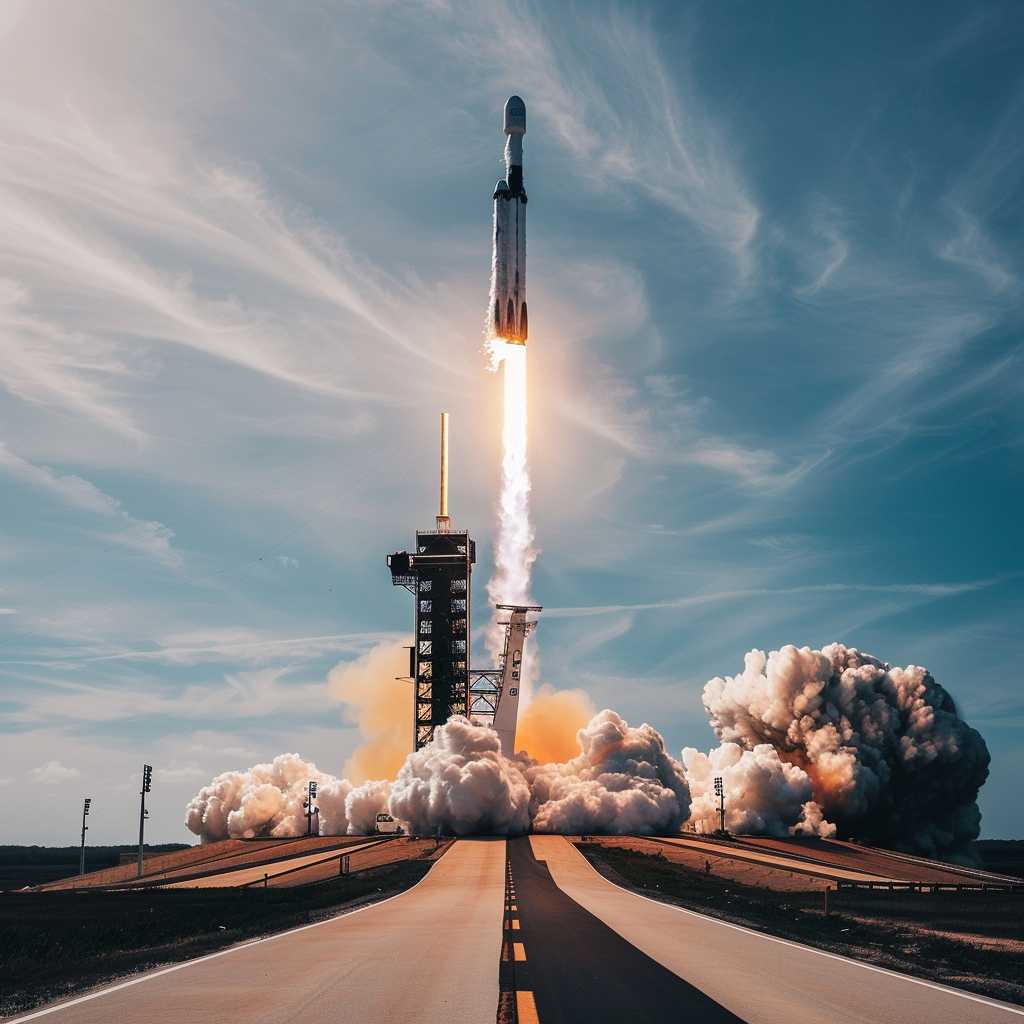The Pioneering Progress of SpaceX: A Look at the Innovation in Space Exploration
SpaceX, an acronym for Space Exploration Technologies Corp., has carved out a formidable legacy in the field of aerospace with its innovative and ambitious pursuits. Founded by entrepreneur Elon Musk in 2002, the company has aimed for goals as grand as reducing space transportation costs to enable the colonization of Mars. Its high-profile launches have captured the imaginations of science enthusiasts and professionals alike, marking a new chapter in mankind’s celestial ambitions.
Establishment and Ascent of SpaceX
SpaceX’s inception was driven by Musk’s dream to make space travel more economical. Initially met with skepticism, this vision gradually became more tangible through significant achievements and breakthroughs. By focusing on the development of reusable rocket technology, which could significantly slash the cost of reaching orbit, SpaceX has led a revolution in the aerospace sector.
Remarkable Milestones and Launch Achievements
Over the years, SpaceX has gathered a compendium of commendable milestones. Notable among them is the accomplishment of making the Falcon 1 the first privately developed liquid-fuel rocket to reach orbit in 2008. Oth’r benchmark feats include their Dragon spacecraft, which was berthed to the International Space Station (ISS) under NASA’s Commercial Orbital Transportation Services (COTS) program. This landmark event made SpaceX the first commercial outfit to send a spacecraft to the ISS, heralding a new era where private companies could contribute significantly to space exploration.
Innovations: The Falcon Rockets and Dragon Spacecraft
SpaceX prides itself on its Falcon family of rockets, including the Falcon 9 and Falcon Heavy — both partially reusable launch vehicles that enhance cost efficiency for orbital missions. The Falcon Heavy especially has grabbed attention for its massive payload capacity; in fact, it sent Musk’s own Tesla Roadster into space as a peculiar marketing stunt and payload test. Similarly, SpaceX’s Dragon spacecraft took significant leaps forward not just for cargo deliveries but also for crewed missions with various crews aboard spots on historical flights to the ISS.
Experimental Endeavours and Planetary Exploration
SpaceX’s aspirations don’t end with the success of its current vehicles. It is hard at work on Starship, a fully reusable spacecraft projected to carry humans to destinations beyond Earth’s orbit, including the Moon and potentially Mars. Prototypes are currently undergoing testing regimes to rectify design hurdles before embarking on operational flights.
Impact on Space Flight Economics and Policies
One cannot overlook the economic tremors that SpaceX’s pioneering advances have instigated within the global space economy. By proving that reusable rockets are viable for regular flight missions, SpaceX has changed norms and compelled other aerospace companies and institutions worldwide to rethink and recalibrate strategies. Furthermore, this evolution has also fostered international dialogue on space policies pertaining to managing an increasing number of private entities seeking to perform orbital and interplanetary missions.
Collaborative Ventures and Industry Partnerships
SpaceX’s growth has been bolstered by robust partnerships such as with NASA and other international bodies. Leveraging their mutual interests in exploration and innovation, these collaborative efforts amplify both scientific returns and socio-industrial advancements advancing humanity’s standing as a spacefaring civilization.
The Future Pathways: Mars Ambitions and Beyond
At its core, SpaceX exists due in part to Musk’s desire to establish human presence on Mars. This long-term goal continually shapes company trajectories; every recent launch or tech development could be seen as stepping stones towards this grand endeavor. As these futuristic plots slowly but steadily transition from paper outlines into credible experiences, Earth inches closer towards becoming a multi-planetary species.
Challenges and Criticisms Faced
Despite its trailblazing record, SpaceX has not steered clear of technical challenges or outstripped criticisms regarding its rapid testing pace, which some argue may compromise safety standards. Environmental concerns stemming from rocket debris contributions to orbital clutter have also sparked debates about sustainability in the space sector.
Notes
Image Description
The image depicts a sleek presentation of the iconic SpaceX Falcon 9 rocket during lift-off against a clear sky backdrop. Visible exhaust flames pour out beneath it, signifying violence of thrust syncing eloquently with ascending elegance towards outer space aspirations.

